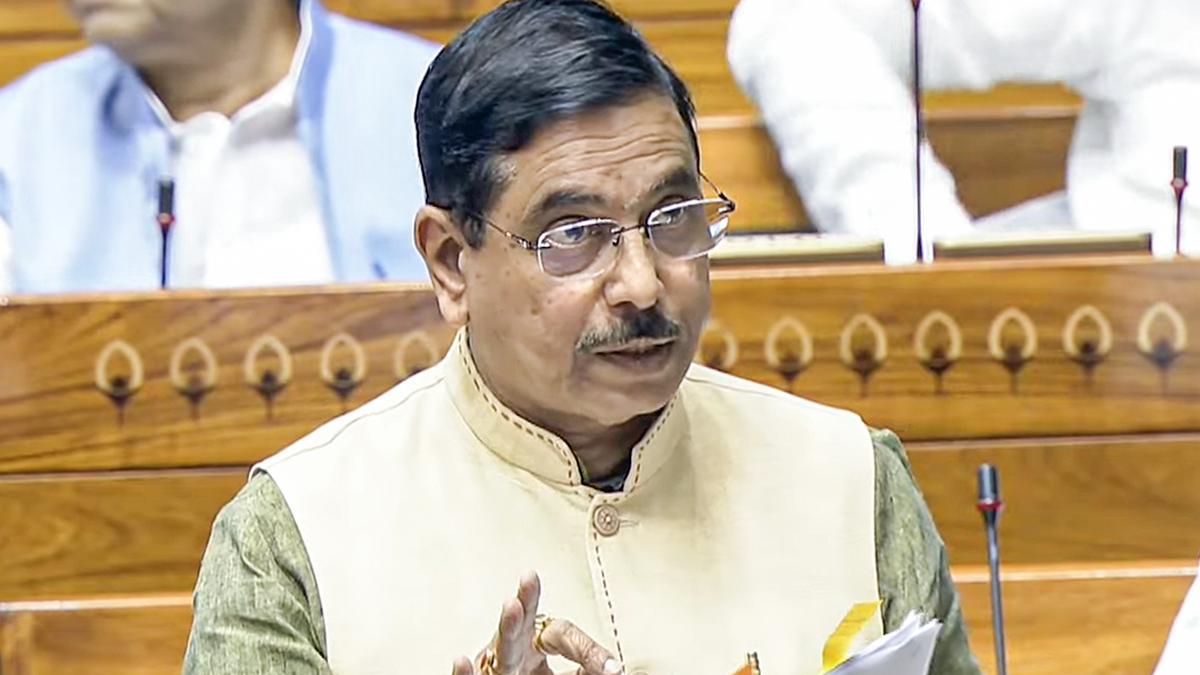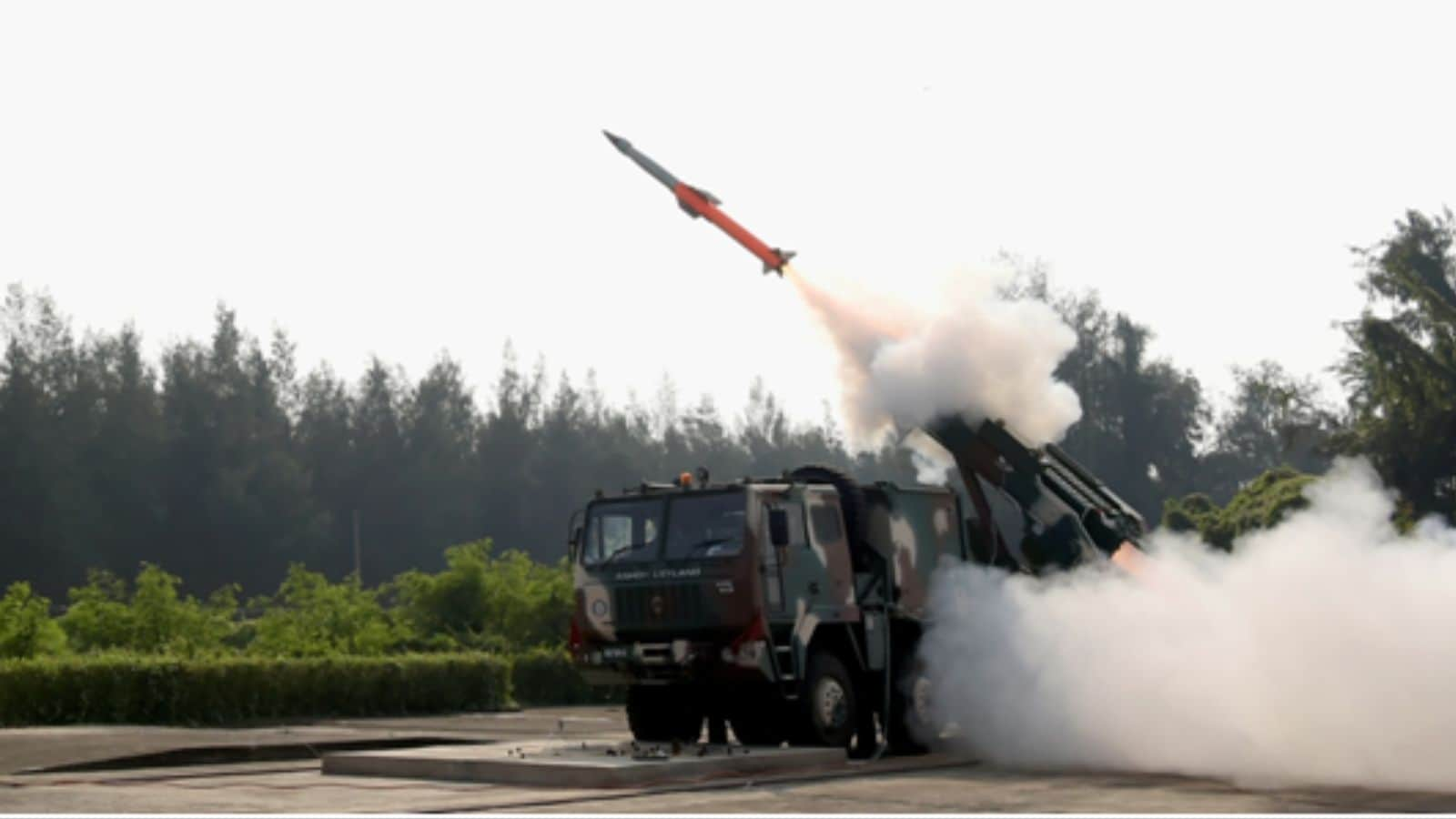ARTICLE AD BOX
ACROSS INDIA’S 69,000-km railway network, elephants face a recurring threat as hundreds of rail stretches pass through dense forests. At least 186 elephants were killed after colliding with trains between 2009-10 and 2024, according to official data. Now, a first-of-its-kind survey of the government — over 127 railway stretches in 14 states — has proposed solutions to prevent deaths of elephants as well as other wildlife on the rail tracks.
From the 127 stretches spanning 3,452 km that the Union Environment Ministry, Ministry of Railways and state forest departments jointly surveyed, 77 stretches in 14 states were identified for targeted mitigation measures, based on wildlife movements and past mortalities. After deliberations between Centre and state forest departments, a total of 705 structures have been proposed on the 77 stretches.
“The proposed mitigation measures for these 77 stretches include 503 ramps and level crossings, 72 bridge extensions and modifications, 39 fencing, barricading, or trenching structures, 4 exit ramps, 65 new underpasses, and 22 overpasses,” according to the report of the Environment Ministry which was based on the joint survey.
The joint survey involved inspection of railway tracks, particularly sites vulnerable to wildlife deaths, and where wildlife is known to cross rail lines frequently. “The team suggested mitigation measures based on multiple factors including width of crossing zone, track height of the railway line, presence of drainage structure and human infrastructure (and consequent potential for conflict) in that segment,” said the survey report.
Among the 14 states, it has been proposed that 131 level crossings with ramps, the highest, will be built in Assam, which is home to 5,719 elephants, the second highest in the country as per the 2017 elephant population estimation. The government has proposed 125 level crossings with ramps in Maharashtra, and 92 in Uttar Pradesh. Karnataka had the highest wild elephant count in India at 6,049 followed by Assam (5,719), Kerala (5,706), and Tamil Nadu (2,761), according to the 2017 elephant population estimation.
The recommendations to build structures to prevent wildlife deaths were borne out of discussions between the Environment Ministry and Railway Ministry dating back to August 2022. An initial 110 railway stretches in sensitive elephant and tiger landscapes were provided to the railway ministry to prevent wildlife collision with trains.
While mitigation measures per se are not new, and have been built on a case-to-case basis, the recent attempt is aimed at preparing a consolidated and comprehensive framework, said a senior official of the environment ministry.
Story continues below this ad
“This was an unusual survey in a way because it has not been carried out on such a large scale earlier. It was done across dense forests, on trolleys, and on foot, and in a collaborative spirit. Over the last two years, railway officials were trained on elephant ecology at the Wildlife Institute of India, so that they could become master trainers and sensitise loco pilots and other relevant staff,” said a senior official of the Environment Ministry.
“With many greenfield (new) lines being constructed, this framework will be useful. The mitigation measures have been proposed based on geographical factors, local ecology and vegetation. Retrofitting was proposed wherever possible and technology in places where it is not possible,” the official said.
In addition to the mitigation structures, the railways have already commissioned Intrusion Detection Systems (IDS) over 141 kms in Northeast Frontier Railway (NFR). This is an artificial intelligence enabled system to detect elephant movements that alert loco pilots and railway control rooms.
Along with this, IDS installation is at different levels of implementation across 926 km, according to Ministry of Railways data. These are under process across nine zones of Indian Railways such as NFR, East Coast Railway (ECoR), Southern Railway (SR), Northern Railway (NR), South Eastern Railway (SER), North Eastern Railway (NER), Western Railway (WR), East Central Railway (ECR) and South Western Railway (SWR).
Story continues below this ad
Of the 926 km, work is underway on a substantial chunk of 349.9 km falling in the East Coast Railway zone. A 207.8 km stretch in Odisha, spanning 20 railway stations in the Sambalpur division, will be one of the longest to install the IDS. “This device has been reported to be very effective in the protection of elephants. Works of IDS have been sanctioned for identified corridors for a total length of 1,158 km at total cost of Rs 208 crore covering NFR, ECOR, SR, NR, SER, NER, WR and ECR,” the Ministry of Railways told The Indian Express in response to queries on IDS works.



.png)
.png)
.png)

























 English (US) ·
English (US) ·